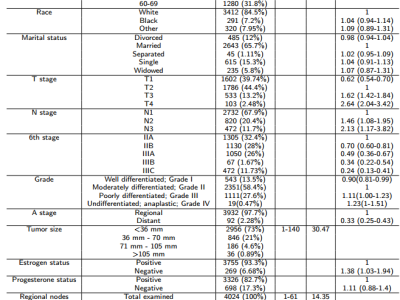Impact on efficacy of target reduction of two FDA-approved ASO drugs by cellular glucose levels in in vitro cell models

- Citation Author(s):
-
Le Tra Giang Nguyen
- Submitted by:
- Le Tra Giang Nguyen
- Last updated:
- DOI:
- 10.21227/mkrm-6w85
Abstract
Antisense oligonucleotides (ASOs) have emerged as a new therapeutic modality for the treatment of both rare and common human diseases. A significant proportion of the patient population that may benefit from ASO therapy may also have common diseases, such as diabetes mellitus. The potential influence of prevalent diseases on the effectiveness of ASO drugs in silencing their target mRNAs remains largely unexplored. The current study utilized in vitro cell models to determine the impact on the FDA-approved ASO drug-mediated target reduction by cellular glucose levels. Using inotersen and mipomersen as ASO model drugs, this study demonstrated that a higher cellular level of glucose resulted in a decreased silencing efficacy of target reduction of inotersen and mipomersen in HepG2 cells. Reducing cellular glucose levels in HepG2 cells, either by knocking down the glucose transporter GLUT2 or by treating with the antidiabetic drug metformin, reversed the decreased silencing efficacy of ASO inotersen and mipomersen. In conclusion, this study brings the first implication about the significant impact of cellular glucose levels on the silencing efficacy of the FDA-approved ASO drugs in an in vitro model. However, better experimental models, such as in vitro microphysiological systems (MPSs) and in vivo animal models should be further investigated to confirm the findings. The underlying mechanisms need to be further investigated with a focus on the impact of glucose on ASO uptake, intracellular trafficking, endosomal release, and target mRNA binding. This knowledge is essential for developing more precision therapeutical approaches targeting various human diseases using ASO drugs.
Instructions:
The data set was classify acording to experiments and each experiement has ELISA and RT-qPCR results
 76 views
76 views






